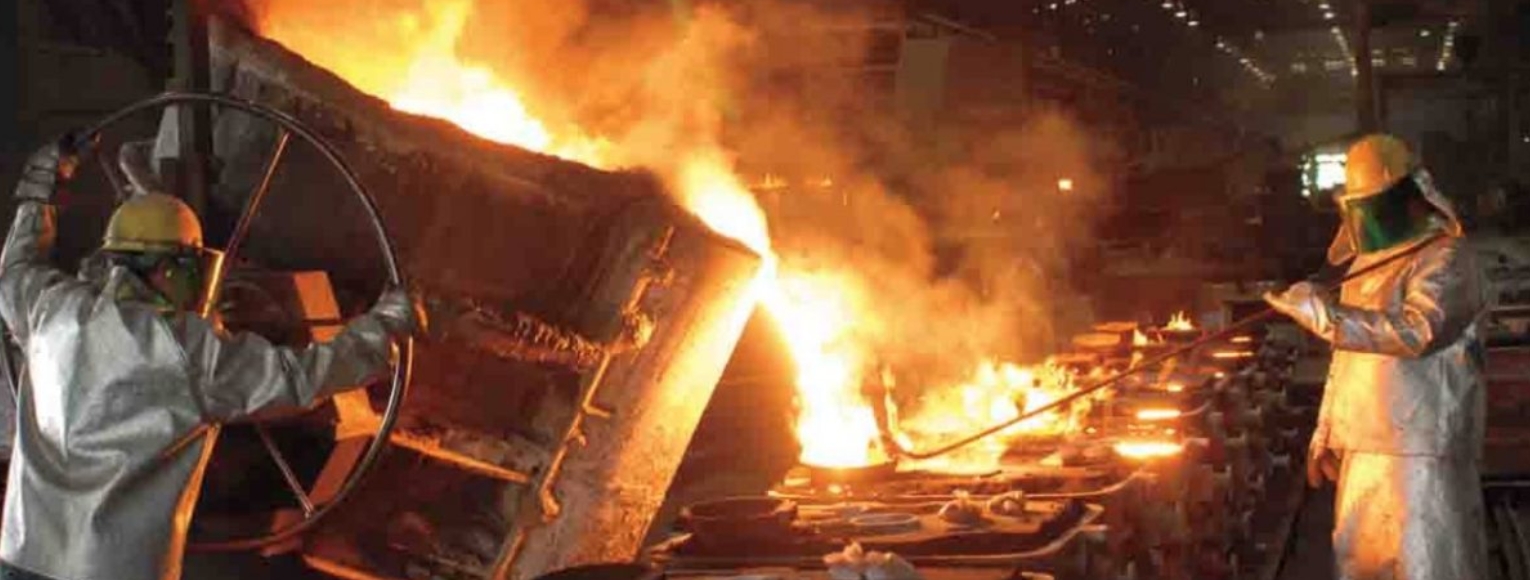
Steel casting process has always been a critical process in manufacturing due to its versatility and strength, and recent innovations in this field are shaping the future of manufacturing in various exciting ways. Some of the key innovations include:
- Advanced Simulation Software: This software helps in predicting how steel will behave during the casting process, enabling manufacturers to optimize the design and quality of castings. It significantly reduces the need for trial and error, saving time and resources.
- 3D Printing in Mold Making: The use of 3D printing technology for creating molds has revolutionized steel casting process. This allows for more complex designs and significantly reduces the time and cost of mold production.
- Improved Steel Quality: Advancements in metallurgy have led to the development of new steel alloys with superior properties such as increased strength, better corrosion resistance, and higher temperature tolerances. This opens up new applications for steel casting process in demanding environments.
- Automation and Robotics: Automation in steel casting process like pouring, cooling, and finishing improves consistency and safety while reducing labor costs. Robotics can also handle high-temperature environments and repetitive tasks more efficiently.
- Environmental Sustainability: Efforts are being made to make steel casting process more environmentally friendly. This includes recycling scrap steel, reducing energy consumption, and minimizing waste and emissions during the casting process.
- Real-time Quality Monitoring: Technologies such as X-ray fluorescence (XRF) and ultrasonic testing are being used for real-time quality control during the casting process. This helps in detecting defects early and ensures the high quality of the final product.
These innovations not only improve the efficiency and quality of steel casting process but also enable the production of more complex and customized parts. They are essential for industries like automotive, aerospace, construction, and heavy machinery, where the demand for high-quality steel components is continuously growing.
